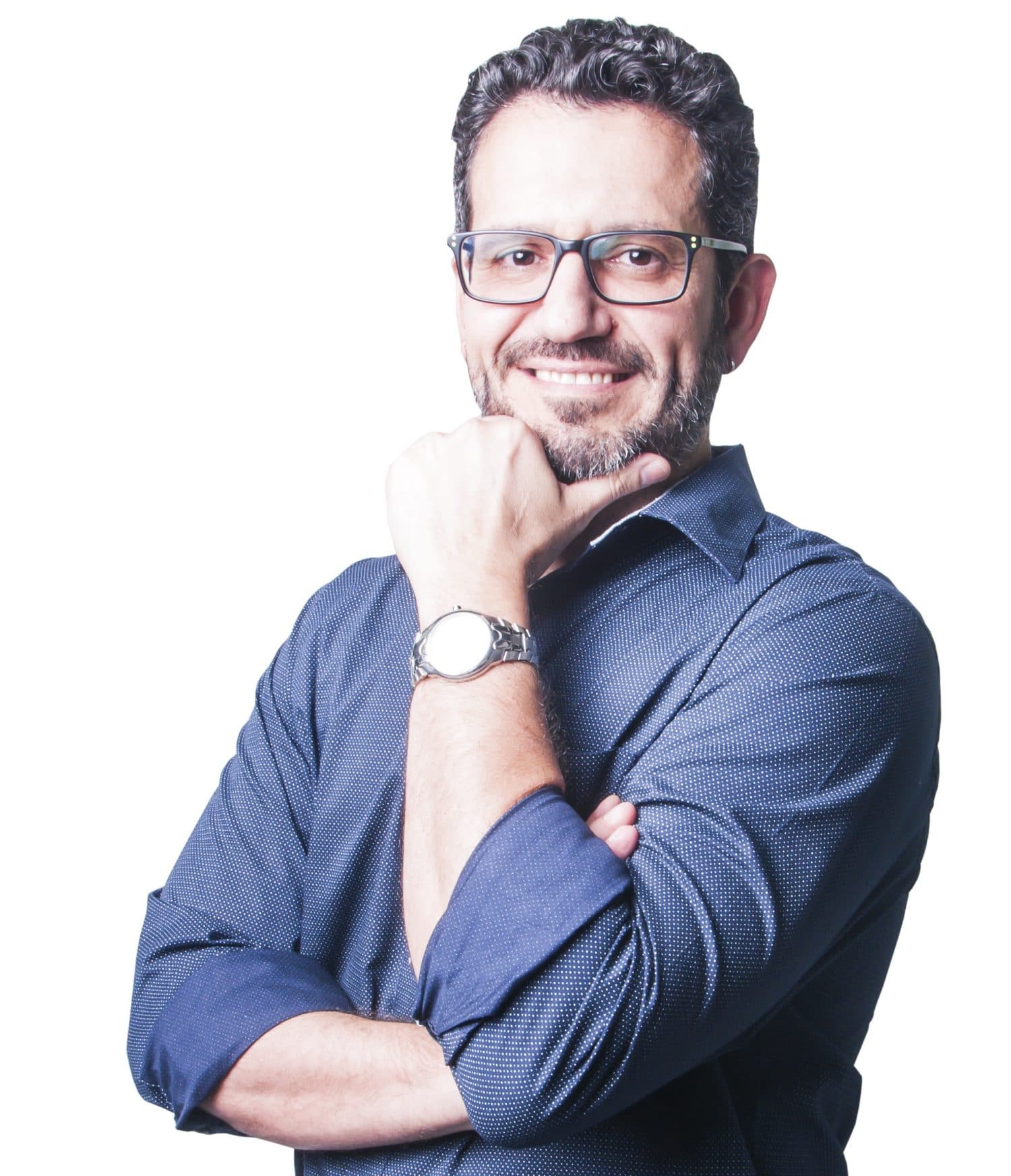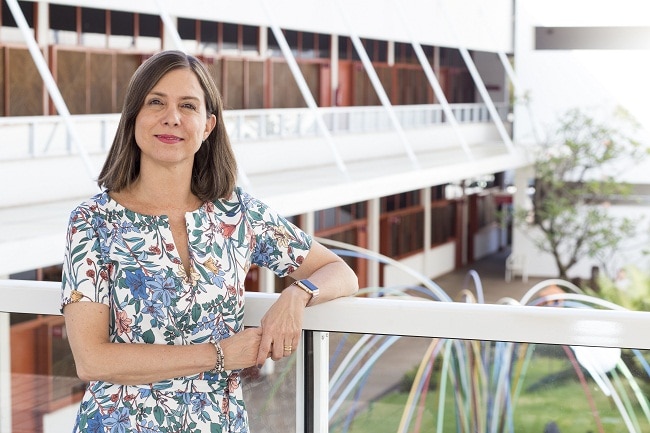Assessment in CLIL and bilingual education: more than just language
EFL teachers that change into a bilingual education environment, often tend to forget that they are not teaching language as the primary goal anymore and that has dramatic implications. The acronym CLIL – Content and Language Integrated Learning – implies that there is much more to it than just language teaching. But what is there besides language?
The first big addition is the fact that language is not the ultimate goal anymore: it now plays the role of a tool for students to learn content from other subject areas. So content must be an important part of the teaching and learning goals.
To learn content through a second language, students also need a different set of thinking skills and sub-skills: they need to go through a broader taxonomy of thinking skills, pretty much the same ones they activate when learning other subjects in their first language, except that they are using a second language in the process. They probably use some of those skills when learning English in an EFL environment, but they certainly use a lot more when they must understand and apply the content and the language. Developing those thinking and learning skills in the students must also be part of your goals when teaching in a bilingual education environment.
And once bilingual education aims at developing students in a more holistic way, preparing them for the challenges they will face outside the school in the future, developing cultural and linguistic respect so that they become conscious and constructive citizens, the teaching of values must also be a goal.
If you teach differently, if you change your approach, you must change the way you assess your students. You need coherence. But what are the changes in assessment in a bilingual education environment?
In essence, it is simple. All you teach you must assess. So if you have different goals, you must have tools that will allow you to check if the students have reached them or not.
So in a bilingual education environment, besides language, you will have to assess content, thinking skills and values.
When assessing language, there are important changes. What you have to assess regarding language is, above all, intelligibility. That is, communicational skills: if the students are able to understand and respond appropriately to topics, texts, situations in the second language. If they understand and make themselves understood. Other aspects of language (regarding accuracy) can be assessed in specific tasks, but only to polish up their communication. The goal is to develop their language awareness, and focus this knowledge on effective use of language.
You must also assess content. You must have a very clear, realistic and achievable set of goals regarding their understanding of the content. And you must have a number of tasks and challenges focused on letting them show you how much they have understood the concepts involved.
Thinking and learning skills must also be assessed. Students will develop those as they make their learning path across the topics. In other words, for them to be able to understand the contents, they will have to develop learning and thinking skills. You have to check if students have satisfactorily developed and thus used the skills needed in each learning unit.
Finally you will have to check if your students have incorporated the values and principles that are goals in a specific unit of instruction. They must express themselves so that you can observe and conclude if they have achieved the goals related to values.
Grant Wiggins and Jay McTighe in their Understanding by Design (2006) suggest an assessment system that I have been using for bilingual education with excellent results. It is a combination of formative and summative assessment, divided into: formal assessment (paper and pen tests), informal assessment (a task or challenge given to students that has to be finished in one day), and projects (a broader task that will take weeks or months to be finished).
But most importantly, Wiggins and McTighe say that teachers’ perspective towards assessment must change. Instead of having tests that are more prescriptive, in which students must produce what you want them to, you must have tests that are freer, that allow students to show what they have learned according to their own interpretation, and then you will decide if the “evidences of learning” collected are within an accepted range or not.
In times of change in the teaching and learning of English, assessment must also change, and give more voice and power to the learners.





